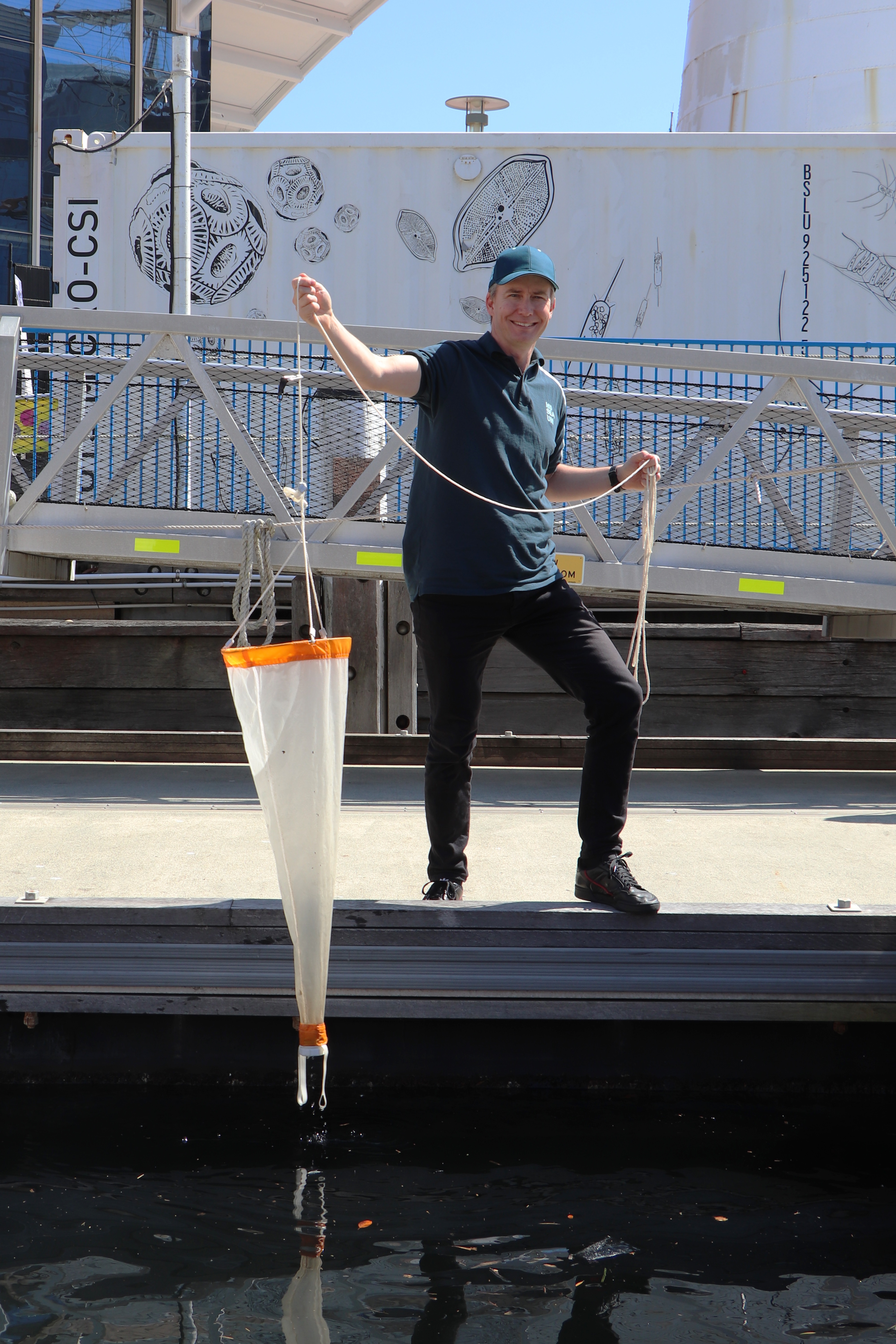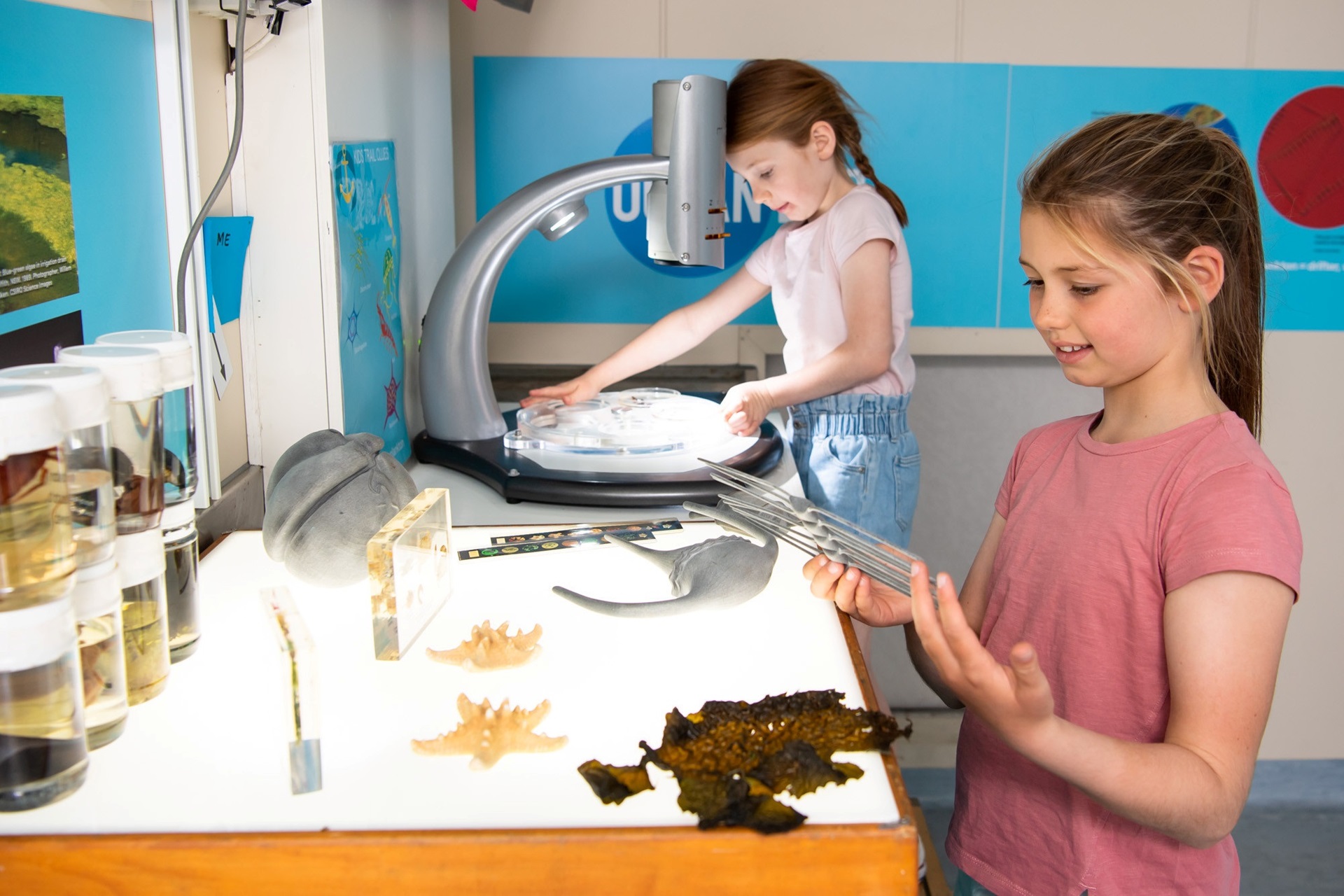They may be small, but only in size! Be amazed by the superpowers of plankton in our ocean science program at the Sea Museum.
Students will discover the beauty and diversity of plankton and their vital role in the marine food web. We’ll catch plankton samples from the wharf and view a microscopic world buzzing with activity, geometric shapes and tiny creatures with alien features.
Program structure
The program is divided into three parts:
- An introduction to plankton in our education space. This will include a short video about plankton superpowers and a short discussion about adaptations and food chains using marine specimens.
- A short walk to the museum’s wharf to catch plankton with a plankton net.
- Observing plankton under a digital microscope.
Booking information
Duration: 60-minute session for an Educator-led tour
Cost: $225 per group with a maximum of 15 students or $300 when booked together with Ocean pollution and waste management.
Ratio: A supervisor/student ratio of 1:15 applies.
Teachers and supervising adults visit FREE of charge within the ratios specified in Plan Your School Visit.
Available: Wednesday, Thursday and Friday
More information
- A supervisor/student ratio of 1:15 applies.
- Duration and start/finish times: contingent upon student numbers and will be arranged and explained during booking.
- Breaks: you're welcome to take recess or lunch at the museum before or after the program, but mid-program breaks must be arranged at time of booking.
- Entry to exhibitions and vessels: all bookings include FREE entry to museum exhibitions and HMAS Vampire, time permitting. All other vessels require pre-booking. A supervisor/student ratio of 1:15 applies on HMAS Vampire.

Curriculum References
Year 2: Science - ACSSU030, ACSHE035
Year 3: Science - ACSSU044, ACSHE050
Year 4: Science - ACSHE061, ACSSU072, ACSSU073
Science
Living World
Students:
- describe the external features of a variety of living things
- identify and group plants and animals using their external features
- identify that living things live in different places that suit their needs
- recognise that people use science and technology in their daily lives, including when caring for their environment and living things
Science
Living World
Students:
- collect data and identify patterns to group living things according to their external features, and distinguish them from non-living things
- identify that science involves making predictions and describing patterns and relationships
- identify that living things have life cycles
- describe how living things depend on each other and the environment to survive
